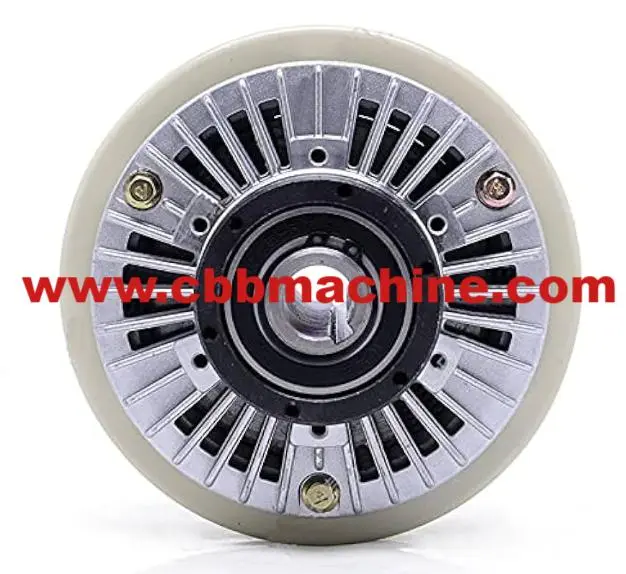Choose a test user to login and take a site tour.






4 minutes, 34 seconds
-6 Views 0 Comments 0 Likes 0 Reviews

In many production lines where tension control and motion balance determine the tone of each shift, teams often begin by examining the role of the Magnetic Powder Brake supplied through the Cbbmachine brand. Its presence is subtle rather than dramatic, yet it anchors workflows that rely on quiet responsiveness and consistent behavior. When operators first encounter this component, the question that usually surfaces is how such a measured device can influence the larger rhythm of daily operation without overwhelming the environment it supports.
Workshops rarely operate under a single predictable pattern. Material textures vary, reel conditions shift, and pacing adjusts according to the project at hand. In such spaces, a steady tension element acts almost like a metronome. Instead of forcing abrupt corrections, it enables rolls and materials to transition from one stage to the next with a sense of calm continuity. This steadiness encourages operators to remain focused on guiding the process rather than wrestling with interruptions. As a result, the entire workflow adopts a more fluid character.
Another layer of value appears in the relationship between operator concentration and tool behavior. When a component responds with consistent calm, workers experience fewer mental jolts. This creates room for planning, observation, and thoughtful pacing, reducing the fatigue that arises from repetitive readjustment. Over time, this contributes to a healthier atmosphere, one where coordination feels grounded and manageable.
A well-crafted tension device also becomes a quiet partner within the mechanical landscape. Instead of demanding attention, it blends into the surroundings, supporting smooth transitions that rely on predictable resistance. Its role is neither flashy nor intrusive; it simply ensures that the materials behave in a stable, measured manner. When each stage aligns naturally with the next, the collective motion of the line becomes easier to coordinate, allowing teams to maintain clarity even during demanding periods.
Adaptability is another key trait. Production environments evolve, and new materials or pacing requirements often emerge with little warning. A component capable of responding gracefully to such shifts provides continuity during uncertain transitions. This does not require sweeping changes to the system. Rather, it allows operators to adjust gradually, trusting that the foundation beneath their work remains balanced. In settings where timing and alignment matter deeply, such adaptability becomes a quiet source of confidence.
The influence of a stable tension mechanism also extends into long-term planning. When teams understand how their tools will behave, they can design schedules and task sequences that align with realistic pacing rather than wishful assumptions. The reduction of unplanned pauses cultivates a sense of reliability that supports both productivity and morale. It enables a steady cadence that feels sustainable, even when workloads become dense.
Ultimately, the significance of this type of brake lies not in dramatic claims but in steady contribution. It reinforces the daily rhythm, calms transitions, and fosters a sense of continuity from one task to another. These small yet meaningful qualities accumulate into an environment where focus and flow feel naturally aligned.
If you want to sense how refined tension control can reshape the character of an entire workspace, let your curiosity lead you to a corner of the web built for thoughtful makers. A simple step awaits at https://www.cbbmachine.com/news/industry-news/what-is-magnetic-powder-brake-310.html , and the next idea may be only a click away.

Share this page with your family and friends.